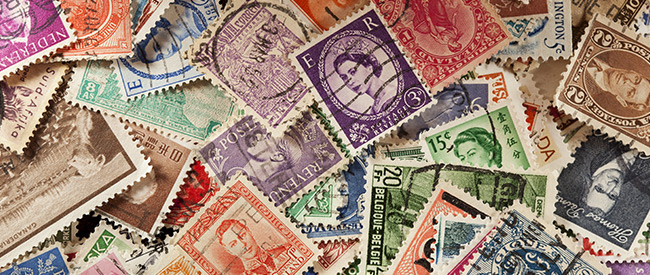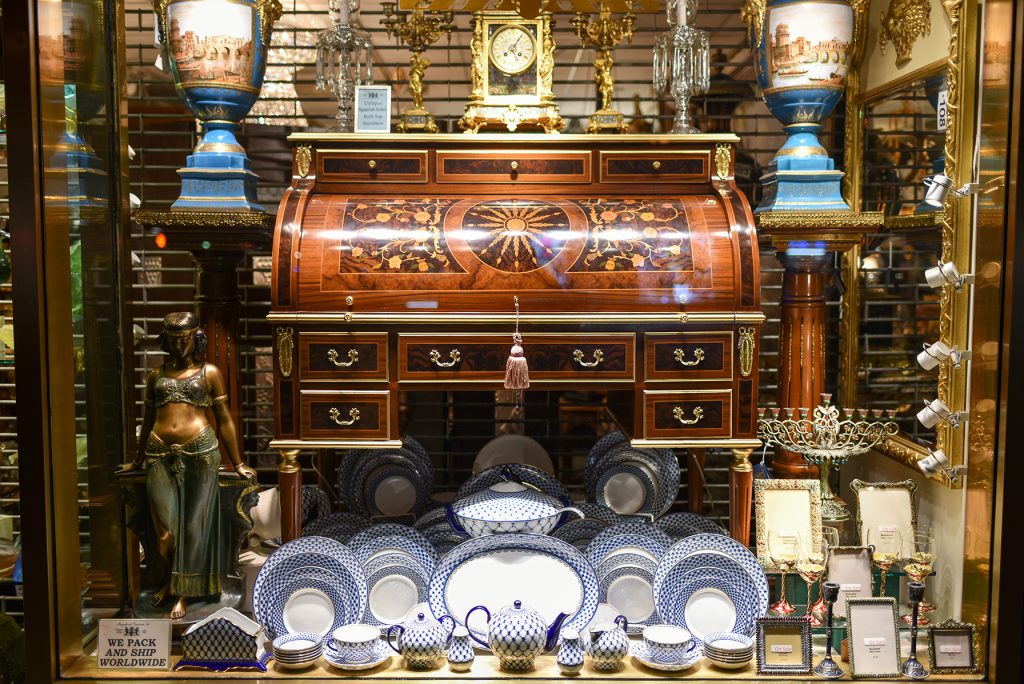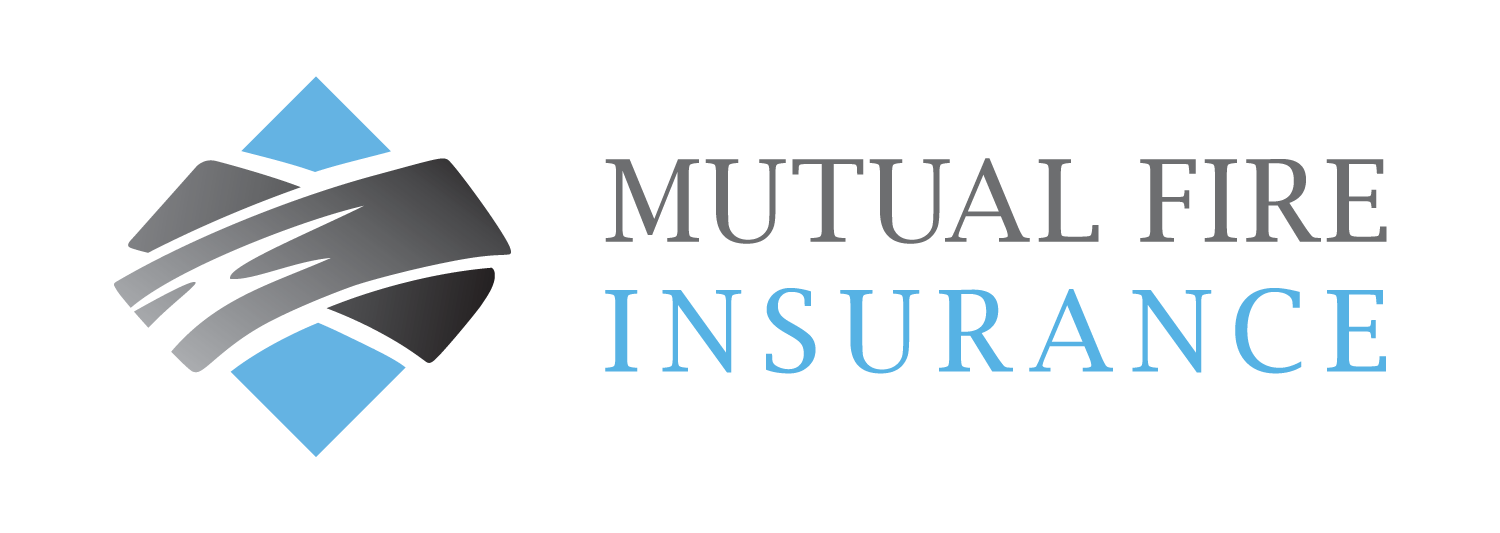Antiques and Collectibles and Insurance

Adding antique art and furniture to your home or displaying collected treasures can bring you joy. But have you thought about how to insure antiques and collectibles? It may not be as simple as increasing the limit for your personal property on your home insurance policy.
Defining Antiques
Generally, an antique is accepted to be an item or object which was made from an earlier time. In some cases, it will be defined as an object 100 years or older. Antiques may be any kind of object such as:
- Books
- Dining ware
- Dolls
- Figurines
- Furniture
- Sculptures
- Works of art

Whether inherited or purchased, antiques are considered irreplaceable because of the unique nature. Antiques also tend to have large price tags, so it may be an investment to own one.
Defining Collectibles
A collectible is an item or object which is desired or collected. While some collectibles are also antiques, such as a collection of antique pocket watches, collections may be anything rare, limited, or desirable like:
- Bicycles
- Cola company paraphernalia
- Sports memorabilia and trading cards
- Stamps
- Toys
- Trading card games (collectible card games)

Interest in collectibles waxes and wanes—think about the popularity today of Royal Albert china collections versus rare Pokémon cards. However, as long as there is a market and interest, a collection will have monetary value on top of your own personal enjoyment of owning it.
Insuring Antiques and Collectibles
TV shows like Antiques Roadshow and Canadian Pickers have shown people just how valuable some personal property can be, especially if you know the market. Your home insurance policy is a way to protect your valuable property in the event of an insurable loss.
When insuring antiques and collectibles, they fall under your Contents, also known as your Personal Property. Although there may be sub-limits (conditions which restrict the dollar amount) for antiques and collectibles, many insurance companies will accept antiques and collections under Personal Property. Sub-limits for antiques and collections may also state a maximum amount payable e.g., a maximum of $500 per item to a limit of $5,000. Some conditions in your wordings may also detail which perils will be covered if there is loss or damage and how a claim is paid.
Inform your broker and if you can, provide receipts, photos, inventory list, and appraisals. Should you experience a loss, the Adjuster handling your claim will refer to those documents as part of the claim process.
Replacement Cost or Actual Cash Value
You may wonder if Replacement Cost coverage would apply to antiques and collectibles in a loss. The fact is, Replacement Cost will not apply to antiques and collections because the unique nature of the items means it cannot be replaced with the exact item—it was one of a kind or inherent in nature. However, it can be replaced by a comparable item of like, kind, quality, and use, available in today’s market.
Depending on the wordings of your home insurance policy (and the limits), in a claims scenario it is common for policyholders to receive a dollar amount equivalent for a comparable item available in today’s market. For example, a solid wooden oak antique desk would be replaced with a solid oak wooden desk, just in today’s style. The values may not be alike, but the use and purpose and material are similar.
If the items are not replaced with a comparable item, antiques and collectibles are treated like any other Actual Cash Value property (a calculation of market value less depreciation). In the middle of a claim this can be a tough piece of news to receive, so it is best to understand the value of your property and provide your broker and insurance company with details when it comes to antiques and collectibles.
Specialty Insurance Markets to Insure Antiques and Collectibles
Large or very expensive antiques and collections are often too big of an insurance risk for a typical home policy to protect. In this case, your broker would reach out to specialty insurance markets instead of home insurance markets.
Specialty markets are niche insurance providers. Instead of offering many types of insurance coverage, companies usually specialize in a particular type of risk like sports and entertainment, aviation, jewellery, and antiques and collectibles.
Obtaining insurance with a specialty market involves the same process as home insurance. It is also likely the specialty market would take your entire risk (meaning the home, detached structures, liability, and endorsements) and not just the collection by itself.
While you may never be able to replace your items in the event of a loss, you can protect it and your investment. Talk to an insurance broker to see what solution will be right for you to insure your antiques and collectibles.

